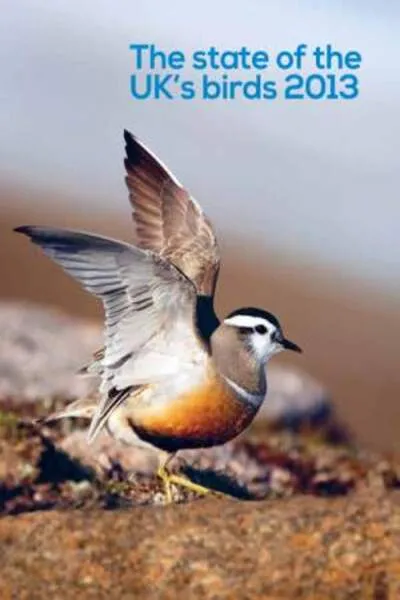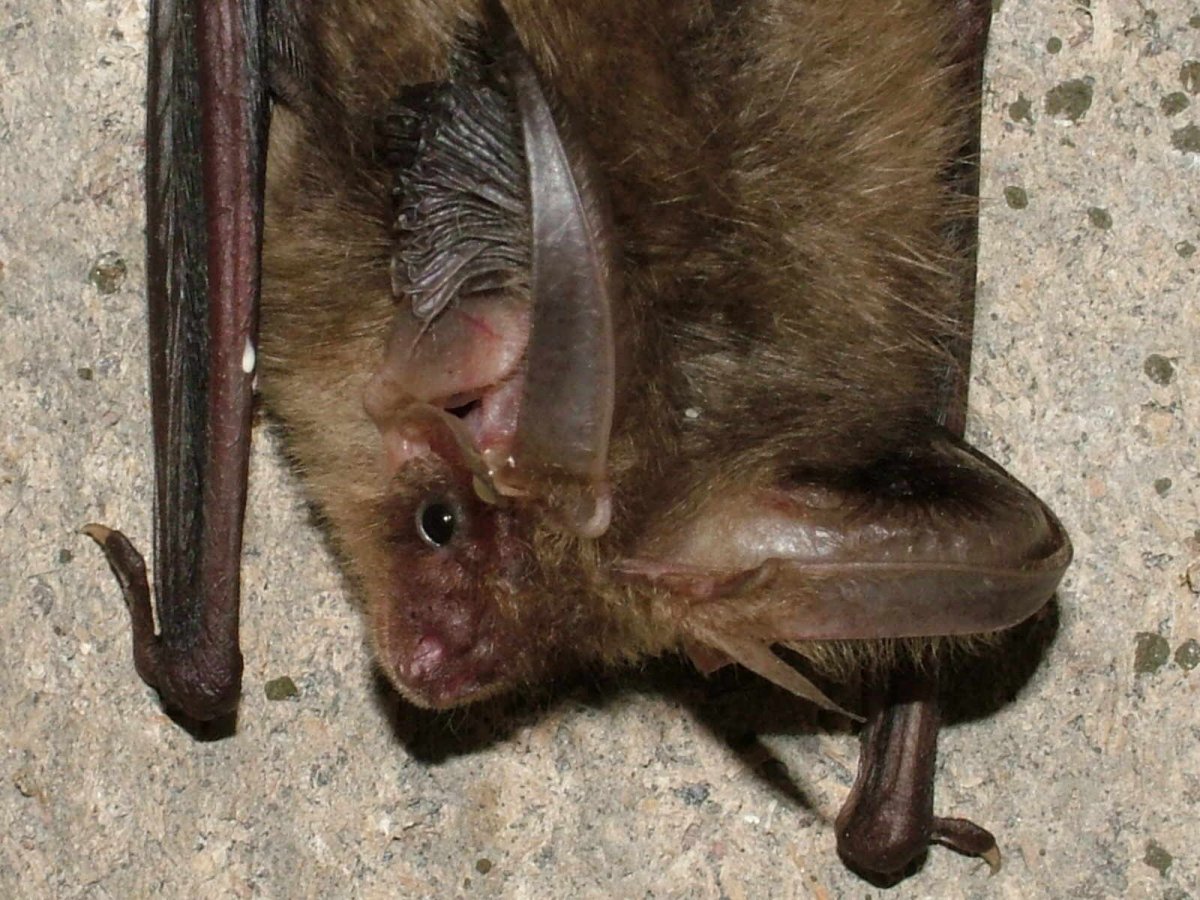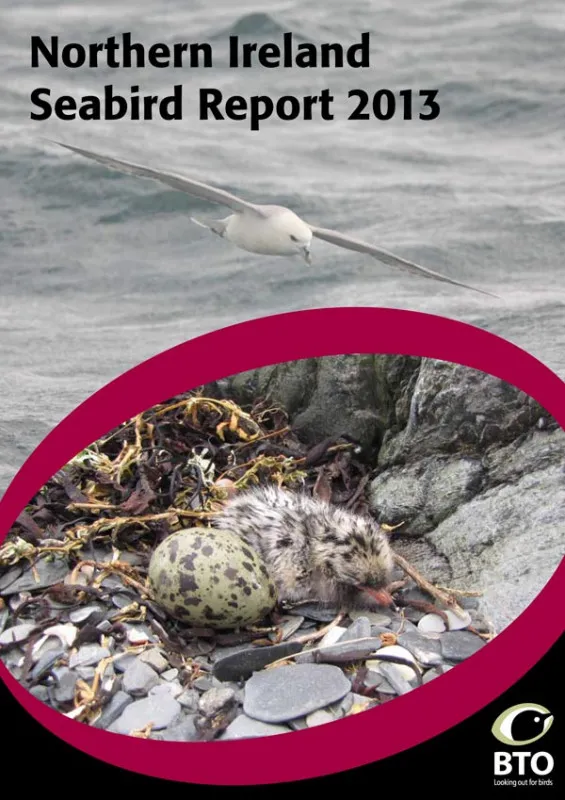BTO create and publish a variety of important articles, papers, journals and other publications, independently and with our partners, for organisations, government and the private sector. Some of our publications (books, guides and atlases) are also available to buy in our online shop.
Annual report of the Seabird Monitoring Programme
Seabird Population Trends and Causes of Change: 1986–2023
This report presents the latest seabird population trends in breeding abundance and productivity using data from the Seabird Monitoring Programme (SMP).
The report documents changes in the abundance and productivity of breeding seabird species in Britain and Ireland from 1986 to 2023, and provides a detailed account of the 2021, 2022 and 2023 breeding seasons.

Search settings
The State of the UK's Birds 2013
Author: Eaton, M.A., Balmer, D.E., Bright, J., Cuthbert, R., Grice, P.V., Hall, C., Hayhow, D.B., Hearn, R.D., Holt, C.A., Knipe, A., Mavor, R., Noble, D.G., Oppel ,S., Risely, K., Stroud, D.A. & Wotton, S.
Published: 2014
10.04.14
Reports State of the UK's Birds

Bat-monitoring: a novel approach
Author: Newson, S.E., Ross-Smith,V., Evans, I.,Harold, R.,Miller, R. & Barlow,K.
Published: 2014
New BTO research shows how data collected by an army of volunteer citizen scientists have been used to map bats in unprecedented detail. The Norfolk Bat Survey began in 2013, and represents a novel way of collecting high-quality and extensive data sets on the distribution and activity of bat species.
04.04.14
Papers

Can management improve the value of shade plantations for the endemic species of São Tomé Island?
Author: De Lima, R.F., Viegas, L., Solé, N., Soares, E., Dallimer, M., Atkinson, P.W. & Barlow, J.
Published: 2014
Cocoa and coffee are among the most valuable tropical crops, with much of their production in areas of high biodiversity. Although this could suggest a conflict between agricultural expansion and biodiversity conservation, these crops are normally grown in shade plantations—a more biodiversity-friendly agroforestry system. Using São Tomé Island as a case study, we examined if shade plantation can benefit biodiversity by protecting extinction-prone island endemic species. We found that shade plantations held rich assemblages, even in comparison with forest: we estimated 30 bird and 74 tree species occurring in plantations compared to 24 bird and 108 tree species in forests. However, the structure of the assemblages was significantly different between ecosystems, with an average dissimilarity of 33.8 percent and 87.9 percent for birds and trees, respectively. Shade plantations had consistently less endemic species than the forest; we estimated a drop from 17 to 13 in birds and from 17 to 3 in trees. We also found that despite marked differences in the response of bird species to the vegetation characteristics of shade plantations, there was a strong positive link between aboveground tree biomass and endemic species richness and abundance. These results show that shade plantations hold assemblages impoverished in endemic species, but that management can improve their value for the conservation of these species. Finally, we suggest that biodiversity-friendly certification and carbon markets are used to implement and guarantee the long-term economical sustainability of practices that favor the endemic species in São Tomé's shade plantations.
03.03.14
Papers
Northern Ireland Seabird Report 2013
Author: Leonard, K. & Wolsey, S.
Published: 2014
This is the first edition of the Northern Ireland Seabird Report, covering 2013, a report we plan to publish annually. This report is the published outcome of the work of the BTO Seabird Co-ordinator, appointed in February 2013, and the activities of the evolving NI Seabird Network of volunteers, and organisations such as National Trust, Ulster Wildlife and RSPB that have provided data for 2013 and previous years.
01.03.14
Reports Northern Ireland Seabird Report

Analysis of sea-watching data from Holme Bird Observatory, Norfolk
Author: Aonghais S C P Cook, Chris Thaxter, Lucy J Wright, Nick J Moran, Niall H K burton, Jed Andrews, Sophie Barker and Fred Cooke
Published: 2014
01.01.14
Reports